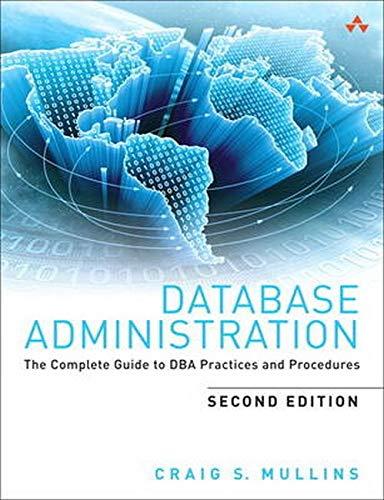Answered step by step
Verified Expert Solution
Question
1 Approved Answer
Q19) For 3DES, why not do a double-encrypt as C=E(E(P,K1),K2) ? That is, first encrypt P with K1 to get C1 =E(P,K1), then encrypt C1

Step by Step Solution
There are 3 Steps involved in it
Step: 1

Get Instant Access to Expert-Tailored Solutions
See step-by-step solutions with expert insights and AI powered tools for academic success
Step: 2

Step: 3

Ace Your Homework with AI
Get the answers you need in no time with our AI-driven, step-by-step assistance
Get Started


